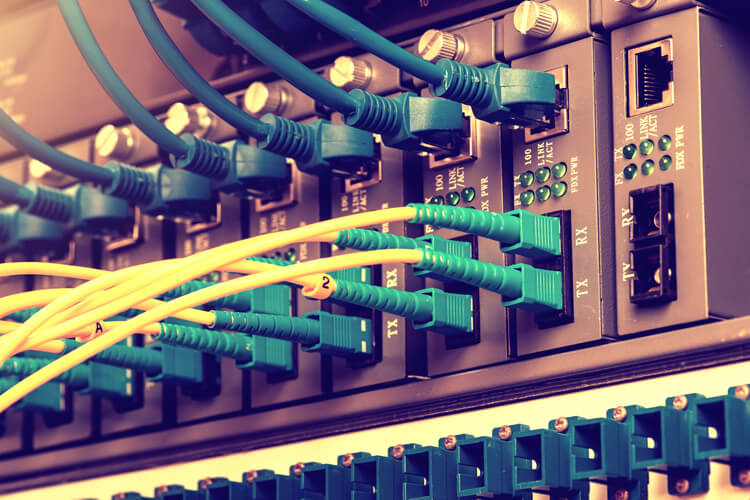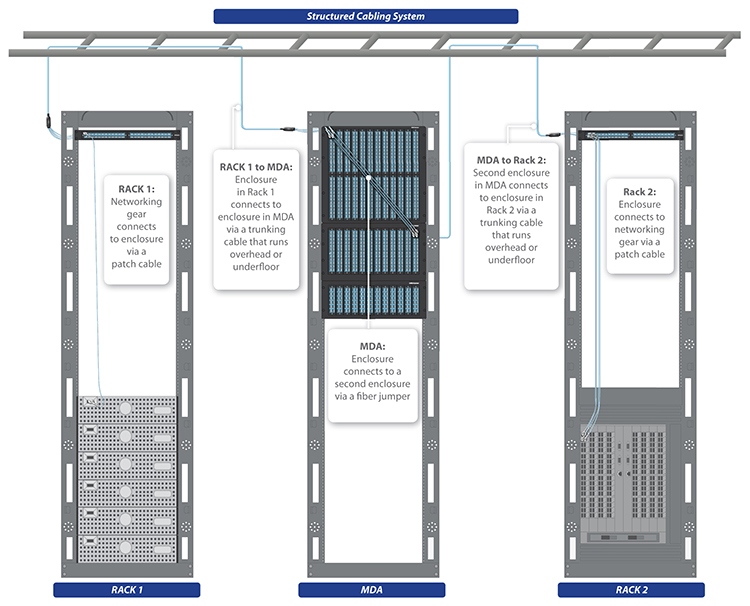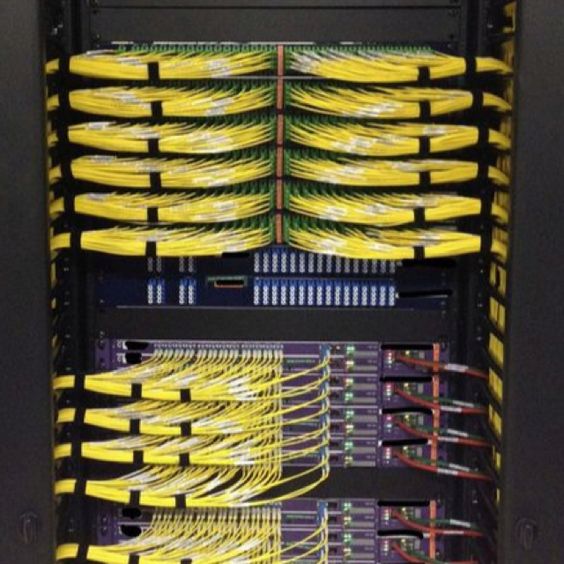Nowadays, all businesses need to focus on the IT basics more than ever, be it small startups or middle and large-sized enterprises. Companies rely heavily on a good communication system to distribute their vital business information globally. Therefore, businesses are always looking for the best solutions for their telecommunications systems, which need to be effective, yet low-maintenance. In this case, structured cabling systems come in as a feasible and efficient solution, and their benefits cannot be underestimated.
What Is Structured Cabling?
Structured cabling forms the basis of the telecommunication system of modern business. It offers a general environment for data transmission by integrating telephone networks, video surveillance, security, local computer and other systems together. A structural cabling system supports multiple voices, data and multimedia systems. It basically means crafting a cabling infrastructure that comprises of sockets, cables and cable distributors.

To make it simple, structured cabling is the infrastructure that supports any LAN (local area network). Your LAN supports all of your telecommunications – phone, email, file sharing, data transfers, video surveillance and anything else that requires the transfer of information. Together, they enable you to connect to wider networks. It helps businesses or enterprises to improve the workflow and downtime issues.
How to Build Structured Cabling System
In a structured cabling system, patch panels and trunks are used to create a structure that allows for hardware ports to be connected to a patch panel at the top of the rack. That patch panel is then connected to another patch panel via a trunk (multi-fiber assembly designed for use in conveyance) in the MDA (main distribution area). The MDA is the key aspect of structured cabling. This is where all the MAC’s (moves, adds, and changes) can be made with short length patch cords.

A properly designed and installed structured cabling system, therefore, provides a cabling infrastructure that delivers predictable performance. It has the flexibility to accommodate moves, adds and changes to maximize system availability. Besides, it is also able to future-proof the usability of the cabling system.
However, there exists several risks if NOT switching to a structured cabling system:
Mistakes are commonly made with an unorganized messy cabling infrastructure. Like incorrect ports are unplugged. Even worse is the messy cabling that gets in the way. Trying to remove a single cable from a large tangled mess can inevitably cause stress on the other cables. This stress can lead to network errors in the hardware that are very difficult to trace.
Another risk lies in the airflow. If a point to point method is used, the front and potentially the sides of the switch are congested with cabling bulk. This impedes the airflow that the switch needs to operate. This also translates to underfloor cooling, cabling congestion in this space hinders the airflow of the CRAC unit and can cause cooling issues.
Benefits of Structured Cabling System
Basically, structured cabling system consists of the following five advantages.
Simpler to Manage
You only need minimum staff to administer and manage your data center cabling. And changes of the system can be done in a faster, more efficient way, with minimal disruption.
Higher Return on Investment
Data, voice and video are unified in a structured cabling system. That unified structure reduces the need for updates thus lowers your maintenance costs. Besides, any adds, moves or changes can be made within the system with ease, which saves your company both time and money.
Better Prepared for Expansion
High bandwidth often comes with structured cabling. That means it will be able to support future applications you may add, with little interruption to your current system. As a result, you can rest assured knowing your system won’t become dated after just a few years. Instead, your system’s vast infrastructure will adapt with your telecommunication needs.
More Flexibility Within Your System
Multiple wiring systems can be troublesome. A structured cabling system, however, consolidates your wiring system into a single infrastructure that transfers data in multiple formats. And it allows for efficient changes and upgrades. This flexibility also makes it easier for the system to move to a new location if needed.
More Aesthetically Pleasing
For each and every data centers, aesthetics matter, too. Structured cabling enables a cleaner, less cluttered look than a point-to-point cabling system. Meanwhile, this system is more efficient and easy to use. And the reduced congestion decreases the chances for blocked airflow and crushed cables.

Conclusion
Your cabling is the backbone of your IT network, a complex system of routers, switches, and servers. A structured cabling system efficiently meets all your communications needs, and streamlining your entire IT network in a way that the traditional point-to-point system simply cannot do. If you want a simplified system that maximizes functionality and saves your business both time and money, structured cabling is the way forward.
Originally published: http://www.china-cable-suppliers.com/value-structured-cabling.html

No comments:
Post a Comment